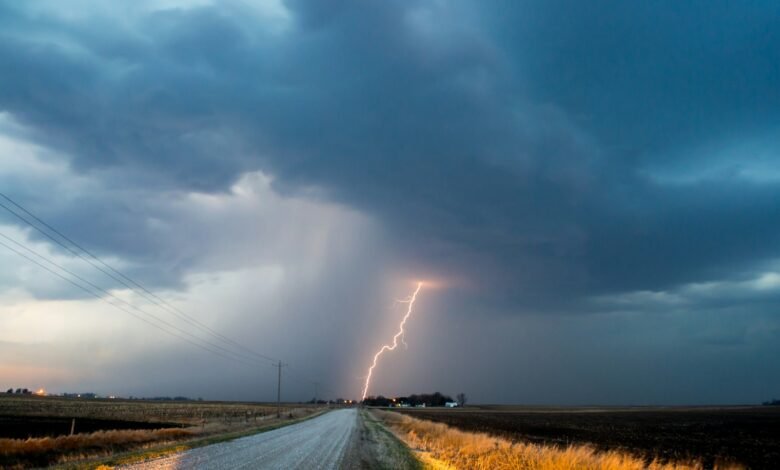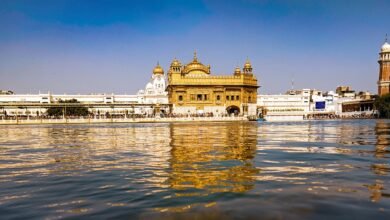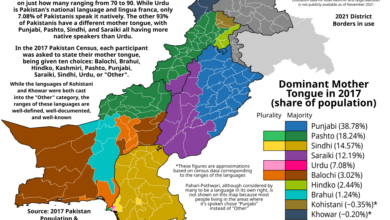Weather in Pakistan: A Seasonal Overview

Pakistan experiences a diverse range of weather conditions throughout the year due to its vast geography, which includes mountain ranges, deserts, plains, and coastal areas. The country generally has four distinct seasons: winter, spring, summer, and autumn, each varying depending on the region. Whether you’re planning to visit the snowy peaks of the north or the bustling cities of the south, it’s important to understand the seasonal weather patterns across Pakistan to plan your trip effectively.
1. Winter (December to February)
Northern Pakistan
During winter, the northern areas, including places like Gilgit-Baltistan, Skardu, Hunza, and Murree, experience heavy snowfall. Temperatures can drop to -10°C or lower in high-altitude regions, attracting tourists who are keen on skiing, snowboarding, and experiencing the snowy landscapes. Mountain passes may be closed due to snow, so it’s essential to check road conditions if you plan to travel to the northern regions.
Southern Pakistan
In contrast, the southern parts of Pakistan, including Karachi and the coastal areas, enjoy mild winters. Temperatures in Karachi hover around 15°C to 25°C, making it a pleasant time to explore the city without the intense summer heat.
Central Pakistan
Cities in central Pakistan, such as Lahore, Islamabad, and Faisalabad, experience colder temperatures ranging from 5°C to 20°C. Fog is common in these areas during winter, which can disrupt travel plans, particularly flights and road trips.
2. Spring (March to May)
Spring is one of the best times to visit Pakistan. The weather is moderate and pleasant across most of the country, with temperatures ranging from 15°C to 30°C. The northern regions begin to thaw, making way for vibrant valleys and lush landscapes, perfect for trekking and sightseeing.
In major cities like Islamabad and Lahore, spring is a time of festivals and cultural events, as the blooming flowers and greenery provide a picturesque backdrop. It’s a great season for outdoor activities like hiking, picnicking, and exploring historical sites.
3. Summer (June to August)
Northern Pakistan
While much of Pakistan experiences scorching heat in the summer, the northern areas, including Swat, Naran, Kaghan, and Hunza, offer cool and refreshing climates. Temperatures in these regions typically range from 10°C to 25°C, making them popular destinations for tourists looking to escape the heat. The northern mountains are at their best during this time, with trekking, camping, and exploring natural beauty at their peak.
Southern and Central Pakistan
Southern cities like Karachi and central cities like Lahore, Multan, and Islamabad experience extreme heat during summer. Temperatures can soar up to 45°C or more in some areas. The summer monsoon season also starts in July and continues through August, bringing much-needed rainfall, particularly to the eastern part of the country.
The coastal city of Karachi benefits from sea breezes, but the humidity can make it uncomfortable for some tourists. If you’re planning to visit central or southern Pakistan during summer, it’s best to plan indoor activities or limit outdoor exploration to early mornings or evenings.
4. Autumn (September to November)
Autumn is another favorable season to visit Pakistan, especially in the northern regions. As the summer heat fades away, temperatures across the country become more manageable, ranging from 20°C to 30°C.
The northern valleys, especially Hunza, turn golden and red as the trees shed their leaves, creating a spectacular sight. This is the perfect time to visit for photographers and nature enthusiasts. Central and southern Pakistan also enjoys pleasant weather during autumn, making it an ideal time for sightseeing and outdoor activities.
Regional Climate Variations
Northern Pakistan
Areas like Gilgit-Baltistan, Chitral, and Swat experience cold winters with heavy snowfall and cool summers, ideal for summer tourism.
Central Pakistan
Cities such as Lahore, Islamabad, and Peshawar experience both extreme heat in the summer and cold in the winter, with pleasant spring and autumn seasons.
Southern Pakistan
Karachi and other coastal areas generally have milder winters and hotter summers with high humidity. The coastal regions also receive rainfall during the monsoon season.
Conclusion
Pakistan’s weather varies greatly depending on the region and the season. If you’re planning to visit the northern regions, summer is the best time, while the southern parts of the country are more enjoyable in the winter and spring. Always check weather forecasts and plan your trip according to the activities you wish to enjoy, whether it’s trekking in the mountains or exploring cultural landmarks in the cities.



